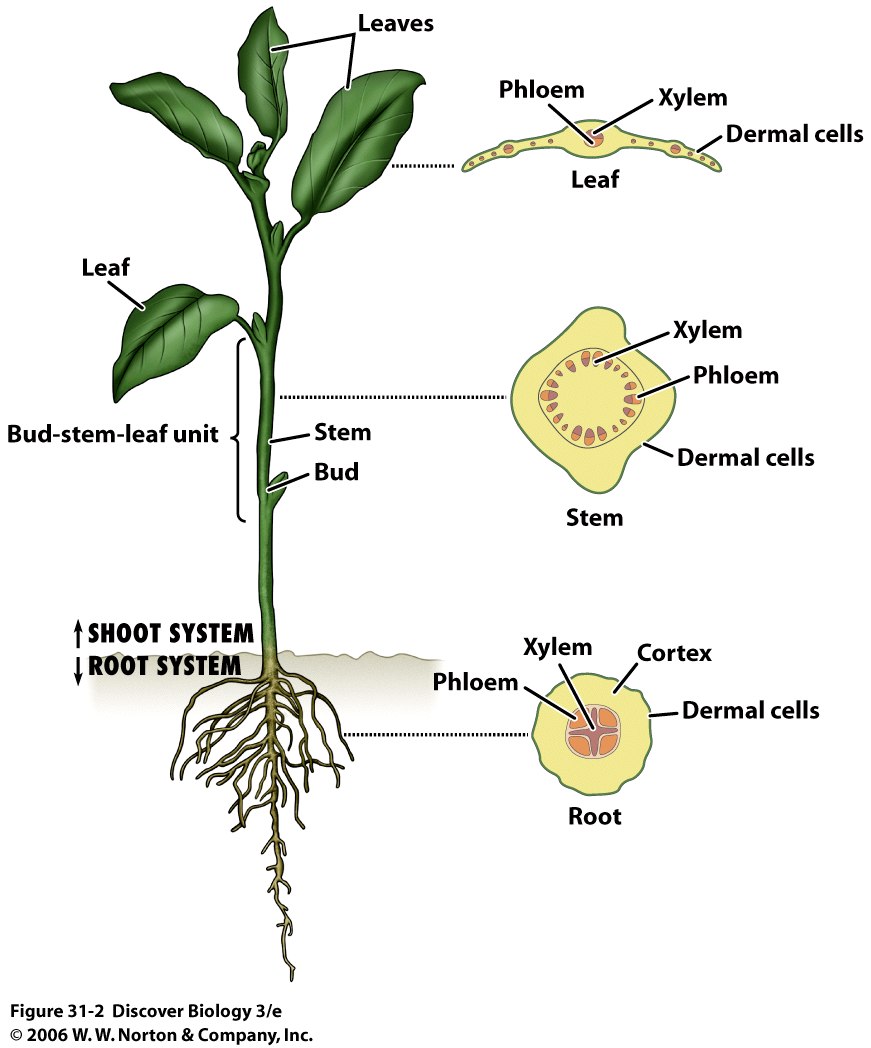STUDY the Review with Answers below!!!! Good Luck
Review with ANSWERS Click HERE
1st Semester review Powerpoint Here
Links
Remember this song about Cells?
Play this Jeopardy Review Game
Use this study format to keep track of what you know.
Name the Parts of an Animal, Plant or Bacteria Cell Game
Awesome Video on OsmosisThe beginning... the microscope
Robert Hooke was the first to observe tree cork and call them CELLS.

Then came cell theory....
Scheiden, Shwann and Virchow proposed cell theory.
1. All living things are made of one or more cells.
2. The cell is smallest unit of a living thing.
3. All cells come from pre-existing cells.

Some scientist believed living organisms develop from nonliving matter.
Maggots did not grow from the closed jar. This experiment disproved spontaneous generation.
The hierarchy of all living things.
CTOOO
Cells, tissue, organ, organ system, organism.
Cells, tissue, organ, organ system, organism.

Cells are made of organelles. or the parts of a cell.
Mitochondria (the powerhouse) makes the energy (ATP) for the cell.
Cytoplasm is the jelly like substance that holds the organelles in place
The Cell membrane is a semi-permeable membrane that allows nutrients and waste in and out of the cell.
Plants cells have a hard outer covering called the cell wall that gives a plant is shape
The nucleus is the brain of the cell.
It contains the genetic information or DNA.
Humans have 46 chromosomes.
Chromosomes are made of many genes.
Genes are made of sections of DNA
It contains the genetic information or DNA.
Humans have 46 chromosomes.
Chromosomes are made of many genes.
Genes are made of sections of DNA
Cells combine to make tissue

Tissue combine to make organs
Both plants and animals have organs and organ systems.
The organs of a plant are leaves, xylem and phloem. The root system is and organ system that deliver nutrients.

Both plants and animals have organs and organ systems.
The organs of a plant are leaves, xylem and phloem. The root system is and organ system that deliver nutrients.

How does the human body get nutrients?
Nutrients and waste move in and out of cells by diffusion.
Nutrients move into the blood stream by diffusion in the small intestine.
Water moves into the blood stream by diffusion in the large intestine.
Osmosis is the movement of water through a cell's semi-permeable membrane.
The amount of water and nutrients inside and outside the cell determines the flow of water through the membrane.
The Digestive system (proteins, carbohydrates, lipids) and the Respiratory system (oxygen and CO2) get nutrients and give them to the Circulatory system (diffusion) to carry to all the cells.
Osmosis is the movement of water through a cell's semi-permeable membrane.
The amount of water and nutrients inside and outside the cell determines the flow of water through the membrane.
The Digestive system (proteins, carbohydrates, lipids) and the Respiratory system (oxygen and CO2) get nutrients and give them to the Circulatory system (diffusion) to carry to all the cells.


People need energy and we gain that energy by consuming food.
Our digestive system has the function of turning raw materials
into the chemicals our body needs.
Our digestive system has the function of turning raw materials
into the chemicals our body needs.
Physical changes simply alter the appearance of something. For example, chewing breaks large food molecules into smaller ones. The tongue helps roll and push the food. Peristalsis is the muscular movement of digestive organs that moves food through the digestive system. This is a physical change during digestion.
Chemical changes occur when the chemical make-up of the food particle is changed to create a new substance. During the digestive process, enzymes change food like carbohydrates, proteins, fats and nucleic acids into substances that can be absorbed by cells. Amylase in the mouth breaks down carbohydrates. Pepsin in the stomach breaks down proteins.
In the mouth both physical and chemical digestion occur.
Large molecules are broken down into smaller molecules during both changes so that cells can absorb and use for energy. Carbohydrates are broken down into sugars and used by the mitochondria during cellular respiration to make energy or ATP
Reproduction
Cells reproduce through mitosis (body cells) and meiosis (sex cells).
Sexual reproduction (egg and sperms) produces off spring with shared genetic information. Asexual Reproduction (plant cuttings, starfish) produces offspring with equal and identical genetic information.
The Endocrine system is made of glands that release hormones to regulate body functions.
Cells reproduce through mitosis (body cells) and meiosis (sex cells).
Sexual reproduction (egg and sperms) produces off spring with shared genetic information. Asexual Reproduction (plant cuttings, starfish) produces offspring with equal and identical genetic information.
Work Equation video
Tropism
The equation to solve work problems looks like this:
work = force x distance or W = F x d |
- The SI unit for distance is meter (m).
- The SI unit for work is joule (J).

Now let's look at the steps for calculating work.
Balanced and Unbalanced Forces
The net force on the rope in the top of Figure 7 is 0. When the net force on an object is 0 N, the forces acting on it are balanced forces.
If the forces acting on an object are balanced, the object’s motion does not change. When the net force acting on an object is not 0, the forces acting on the object are unbalanced forces.
The forces acting on the rope in the bottom of Figure 7 are unbalanced.
Unbalanced forces cause objects to change their motion, or accelerate.
If the forces acting on an object are balanced, the object’s motion does not change. When the net force acting on an object is not 0, the forces acting on the object are unbalanced forces.
The forces acting on the rope in the bottom of Figure 7 are unbalanced.
Unbalanced forces cause objects to change their motion, or accelerate.



1 comment: